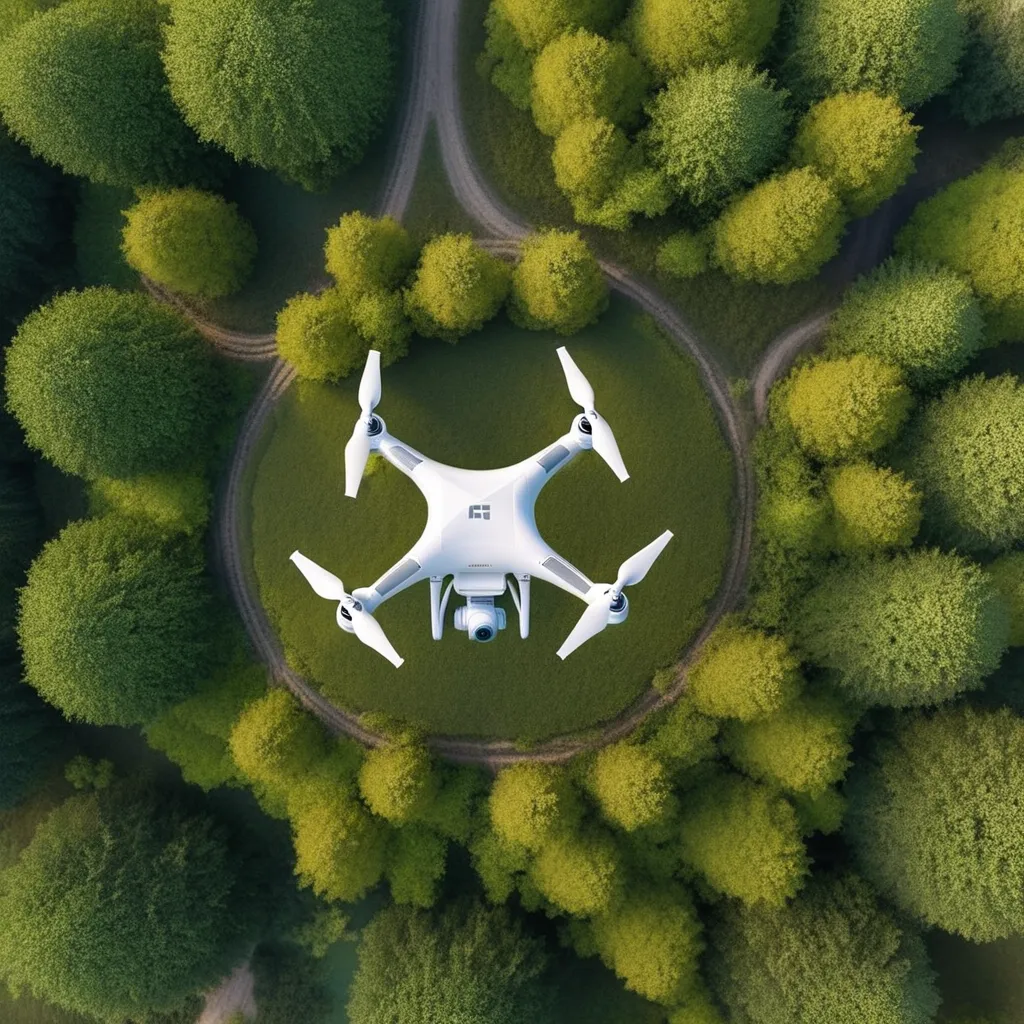The Role of Drones in Environmental Conservation
Picture this: A lush forest stretching as far as the eye can see, teeming with biodiversity. A few years ago, I had the opportunity to witness the beauty of the Amazon rainforest firsthand. However, it's not just the sights and sounds that left an impression; it's the knowledge that drones are playing an increasingly vital role in preserving such natural wonders. In this article, we'll explore how drones are making a difference in environmental conservation, and I'll share insights based on my own experiences.

Drones: More Than Aerial Photography
Before we dive into the details, let me emphasize that drones are not just tools for capturing stunning aerial photographs. They are becoming invaluable assets in the fight to protect our environment.
During my visit to the Amazon rainforest, I saw how drones were being used to monitor deforestation, track wildlife, and collect crucial data for conservation efforts.
Conservation Applications of Drones
Drones are being employed in a wide range of environmental conservation initiatives:
1. Deforestation Monitoring
Drones equipped with high-resolution cameras and sensors can fly over vast forested areas, capturing real-time images and data. This information helps conservationists detect illegal logging activities and deforestation rates.
2. Wildlife Monitoring
Drones offer a non-intrusive way to observe wildlife in their natural habitats. Researchers can track animal populations, monitor migration patterns, and even identify and protect endangered species.
3. Habitat Restoration
In some cases, drones are used to disperse seeds or plant trees in hard-to-reach areas. This aids in reforestation and habitat restoration efforts.
4. Water Quality Assessment
Drones equipped with specialized sensors can collect water samples and assess water quality in rivers, lakes, and oceans. This data is crucial for monitoring pollution levels and the health of aquatic ecosystems.
5. Anti-Poaching Operations
Drones equipped with thermal imaging cameras are deployed in anti-poaching efforts, helping rangers track and apprehend poachers before they harm endangered animals.
6. Disaster Response
Drones are invaluable in disaster-stricken areas, where they can rapidly assess damage, locate survivors, and plan relief efforts without risking additional lives.
Advantages of Drone Technology
The use of drones in environmental conservation offers several advantages:
1. Cost-Efficiency
Compared to traditional methods like helicopter surveys, drones are cost-effective, making it possible to cover more ground and collect more data.
2. Safety
Drones eliminate the need for researchers and conservationists to enter hazardous or remote areas, reducing the risk of accidents and injuries.
3. Accuracy
Drones equipped with advanced sensors provide precise data that is crucial for informed decision-making in conservation efforts.
4. Real-Time Monitoring
Drones can provide real-time data, enabling swift responses to environmental threats and changes.
The Future of Conservation
As drone technology continues to advance, their role in environmental conservation will only become more significant. Here's what the future may hold:
1. AI and Machine Learning Integration
Drones can be programmed to recognize patterns and anomalies in environmental data. With AI and machine learning, they can autonomously identify illegal activities and areas in need of conservation.
2. Improved Battery Life and Range
Enhancements in battery technology will extend the flight time and range of drones, allowing them to cover larger areas in a single mission.
3. Collaboration with Satellites
Drones and satellites can work in tandem to provide comprehensive environmental data on a global scale.
How You Can Support Drone-Based Conservation
You don't need to be a drone pilot or scientist to support drone-based conservation efforts:
- Stay Informed: Keep up to date with the latest developments in drone technology and their applications in environmental conservation.
- Support Conservation Organizations: Many nonprofits and organizations use drones in their work. Contributing to these groups can make a significant difference.
- Spread Awareness: Share the stories of successful drone-based conservation efforts with your friends and on social media to raise awareness.
Preserving Our Planet
In conclusion, drones are revolutionizing environmental conservation by providing critical data and insights to protect our planet's natural wonders. As I witnessed in the Amazon rainforest, their role in safeguarding our environment is not just a technological marvel but a beacon of hope for a sustainable future.
By supporting drone-based conservation initiatives and staying engaged with the ongoing developments in this field, we can all play a part in preserving the beauty and biodiversity of our planet.

No comments:
Post a Comment